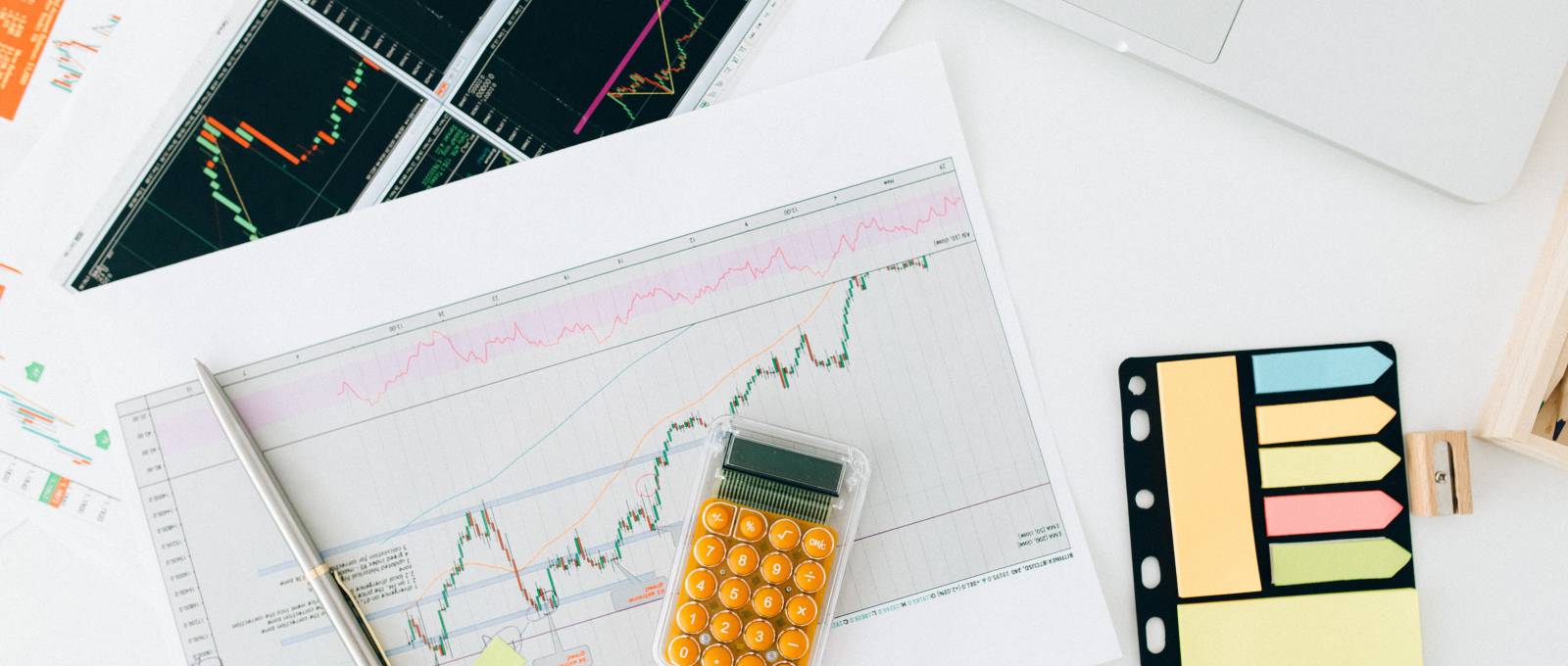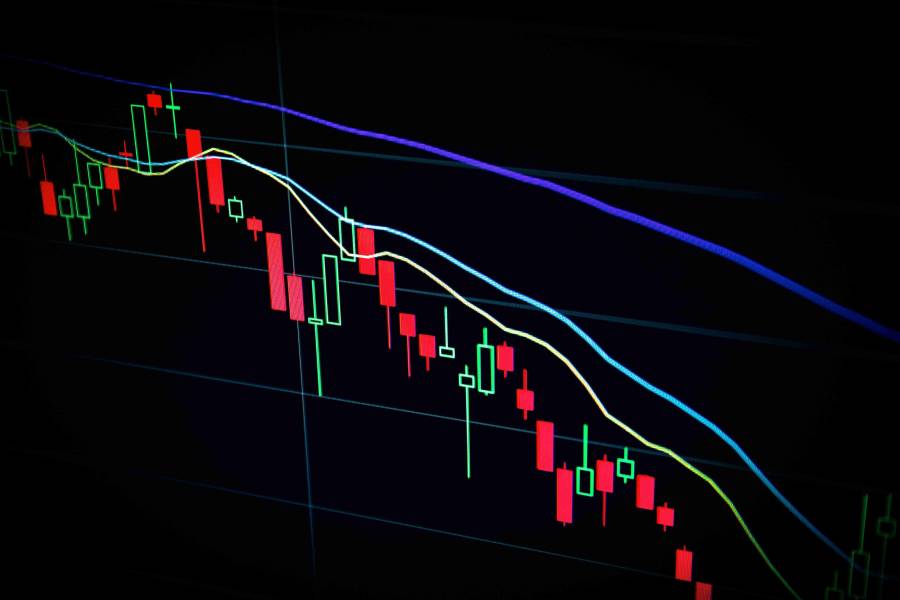If you want to succeed in forex trading, you need to do more than just have knowledge about the market. You need well-defined forex trading strategies that will help you make informed decisions while eliminating emotional decision making. This guide will cover the key components of successful forex trading strategies in detail to ensure you have all the information you need to make informed trading decisions.
1. Market Analysis
As a forex trader, you need to develop well-defined and objective market analysis rules to make informed decisions and succeed in the market. Market analysis is a crucial part of all forex trading strategies. Market analysis involves finding repeating patterns or a profitable edge in the market and creating rules that you follow trading FX currency pairs. There are three types of market analysis that you should consider to help you achieve successful trading:
- Technical analysis
- Fundamental analysis
- Sentiment analysis.
Types of Market Analysis
- Technical analysis involves analyzing market trends, patterns, and charts on platforms like Trading view and MT4/5 to identify potential trades.
- This approach relies on the belief that historical price action can predict future price movements. By using technical analysis strategies, you can make informed decisions on when to enter and exit trades based on your analysis of the charts and trends.
- This is the most popular type of market analysis because it provides more trading opportunities compared to the other types of market analysis.
- Fundamental analysis is another approach that involves researching the underlying economic factors that can affect currency prices.
- To apply this type of analysis, you need to analyze economic data, news releases, geo politics, and other market indicators to determine the intrinsic value of a currency.
- By analyzing economic data and events, you can predict price movements and make informed trades.
- Sentiment analysis is yet another approach that involves analyzing the overall market sentiment toward a particular currency.
- This approach involves analyzing market data such as retail traders sentiment provided by some brokers and COT reports to determine the prevailing mood among both retail traders and the big boys including hedge funds and investment banks.
- By understanding the overall sentiment, you can identify new higher timeframe trends and make informed trading decisions based on your analysis.
2. Risk Management
When trading the forex market, managing risk is a crucial part of your strategy. To avoid devastating losses and blowing accounts, you must be able to manage your risk exposure effectively. I blew multiple accounts earlier on in my trading journey, I didn’t know what was happening until I came across risk management. Here are some risk management techniques to consider when trading in forex market, all of which can help you minimize your risk:
Risk Management Techniques To Improve Forex Trading Strategies
- Determine the appropriate lot size to use based on your account size and risk tolerance. This is known as position sizing. By managing your position size, you can reduce the impact of any losses you may incur, thereby limiting your risk exposure.
- Set a limit on the amount of loss you are willing to take on a trade and on a trading day. If at any given day you incur a loss that surpass your limit, uninstall your Mt4 if you don’t have the discipline to stay out of the market.
- If you don’t use stop loss orders you should highly consider placing stop loss orders. A stop loss order will automatically close your trade if the currency pair’s price moves against your position by a predetermined amount, or when your analysis becomes invalid thereby limiting your potential losses.
- Adjust your stop loss orders as a trade becomes more profitable (Pay the trader) . This technique is known as trailing stops. By moving your stop loss order closer to the current price as the trade moves in your favor, you can lock in profits while still limiting your potential losses.
- Spread your risk across multiple currencies and markets. This is known as diversification. By investing in a range of un-correlated currency pairs and markets, you can minimize your risk exposure and protect your trading capital from unforeseen events.
By using these risk management techniques, you can improve your chances of success in forex trading. Remember, managing risk is essential to successful trading, and you should always strive to minimize your exposure to potential losses.
3. Trade Management
As a forex trader, managing your trades effectively is crucial to your profitability. You need to be able to maximize your profits while minimizing your losses. To do this, you can use a variety of trade management techniques that work best for you. Some of the effective trade management techniques you can use include:
- Take partial profits: You can take profits on a portion of your trade while leaving runners (a portion of your open trade) to get potential gains. This is a great way to lock in profits while also giving yourself the chance to benefit from any further market movements.
- Move your stop loss orders: As your trade becomes more profitable, it’s important to adjust your stop loss orders accordingly. This will help to protect your profits and limit your potential losses.You need to develop a set of rules that you follow while moving your stop loss orders to avoid moving your stop loss based on emotional decisions.
- Scale into your trades: Rather than entering into a trade all at once, you can gradually enter into it to reduce your risk exposure. There are advanced strategies to scale into trades such Dollar Cost Averaging. This can be a good way to manage your trades and avoid taking on too much risk at once.
When you trade in the Forex market, you have the advantage of its 24/5 availability. However, it’s important to note that not all trading hours are the same. As a trader, you should carefully consider the timing of your trades based on your preferred trading style, trading sessions and the currencies pairs in your watchlist.
As you plan your trades, keep in mind that the timing of your trades can impact the quality of your trades. There are generally 3 types of traders based on the time involved in the market. I can’t advise you the best option, you have to find what works for you.
Types of Trading Depending on Timing
- Day trading: This involves buying and selling securities within the same trading day. Day traders look for opportunities to make quick profits by taking advantage of small price movements in the market.
- Swing trading: This strategy involves holding positions for several days to take advantage of larger price movements. Swing traders try to capture short to medium-term gains by identifying trends in the market. Personally, I fall under this category, I have often found that I am more profitable taking swing trades.
- Position trading: This is a long-term trading strategy where positions are held for weeks, months, or even years. Position traders look for significant trends in the market and aim to benefit from them.
Remember, regardless of the trading style and strategy you choose, it’s important to keep an eye on the market and be ready to adjust your trades if necessary.
5. Trading Rules
One of the main advantages of forex trading is freedom, freedom to do whatever you want. Unfortunately this freedom is arguably the main reason why many traders fail to make profits consistently. Since you’re not accountable to anyone apart from yourself, you need to develop a set of rules to keep you grounded despite both the emotional and market volatility inherent in trading.
You need to follow the rules you set to ensure consistent, profitable trades. Here are some trading rules that you should consider including in your trading strategy:
Trading Rules To Include in Your Forex Trading Strategies
- Avoid emotional trading: You should make trades based on objective analysis, not emotions. Emotions can cloud your judgment and lead to poor trading decisions. Develop rules that will prevent you from trading when you’re emotional, this involves monitoring your emotions consciously.
- Stick to your strategy: You should follow your forex trading strategies consistently, even when the market is volatile. Your strategy should be based on your personality, market analysis, risk tolerance, and market conditions.
- Keep a trading journal: You should keep a record of all your trades in a trading journal to analyze your performance and identify areas for improvement. This will help you track your progress and make adjustments to your trading strategy. Your trading journal will be your trading coach both when you’re winning and losing.
By following these trading rules, you can increase your chances of success in the forex market.
You need to choose the right broker to execute your trades and manage your account. To do that, you should look for certain qualities in a forex broker.
- Make sure the broker is regulated by a reputable authority. This will give you the assurance that the broker operates under strict standards and that your funds are protected.
- You should consider the trading platforms offered by the broker. Look for a broker that provides a user-friendly and intuitive platform that meets your needs. This will help you execute trades quickly and efficiently.
- Compare spreads and commissions charged by different brokers. Some brokers have low commissions but may have wide spreads, while others may have tighter spreads but charge high commissions. Beware of brokers who give outrageous sign up bonuses and rewards.
There are many things to look for in a broker and I have a detailed article on this, click here (link) to access the detailed guide.
7. Pre- and Post-Market Action
Pre- and post-market action is essential in forex trading. You need to have a pre-market routine that you follow to prepare for the trading day. My routine includes meditation, strategy visualization, sentiment analysis, and fundamental analysis.
You can start by looking at the major news events and announcements for the day and how they are likely to affect the currency pairs you trade. Then, review the economic calendar to determine when these events will occur.
After the market closes, it’s essential to review your trades and analyze your performance. Start by looking at your trade journal and evaluating your trades based on your strategy. Identify your strengths and weaknesses, the mistakes and best practices you observed and make adjustments as necessary. Use this information to improve your trading skills and become more successful in the forex market.
Conclusion
Overall, it is important to remember that developing effective forex trading strategies requires continuous learning and improvement. By following the steps outlined in this guide and staying up to date with the latest developments in the forex market, you can create a successful trading strategy that meets your unique needs and goals.






Insightful content in summary,
Thank you for the feedback.